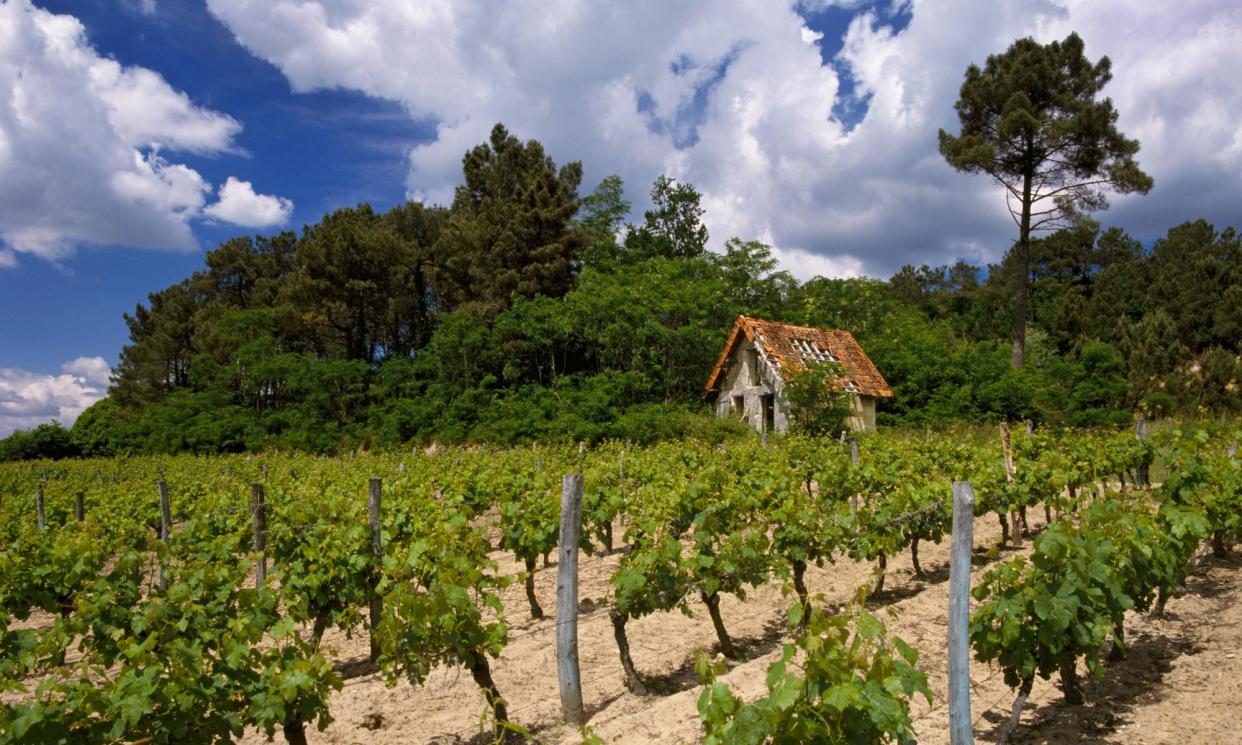Talking francly: discover red wines made with the ‘other’ cabernet

Les Terrasses Saint Nicolas de Bourgueil, Loire France 2022 (£11, Tesco) For years, only one member of the cabernet family was known beyond the circles of serious wine enthusiasts. Cabernet sauvignon, still the world’s most widely planted grape variety, left its Pyrenean parent, cabernet franc, (DNA testing in the 1990s proved cabernet sauvignon is the progeny of cabernet franc and sauvignon blanc) in the shade when it came to reputation and recognition. Recently, however, cabernet franc has been enjoying a new lease of life, prized by growers for its ability, in the right conditions, to make red wines of fashionable freshness, elegance and crunch, many of which take well to drinking at cooler temperatures than richer, denser wines such as those made, certainly in warmer climes, from cabernet sauvignon. The Loire Valley is the wellspring of this genre of cabernet franc, with the red- and blackcurrants and pencil-lead shadings of the style nicely displayed in Tesco’s bottling from the Saint-Nicolas-de-Bourgueil appellation.
Raats Family Cabernet Franc Stellenbosch, South Africa 2020 (£23.50, The Wine Society) I was lucky to sample (blind) a selection of around three-dozen of the world’s most celebrated cabernet franc and cabernet-franc-based wines in a tasting organised by my colleagues at The World of Fine Wine magazine recently. The Loire inevitably fared well, with the immaculate, silkily stylish wines made by Charles Joguet in Chinon (such as Charles Joguet Chinon Clos de la Dioterie 2019; £255, case of six bottles, laywheeler.com) my favourites on the day. I was, impressed, too, by the red-fruited verve of South African bottlings from Raats and Gabrielskloof. But my top bottle came from a region that wouldn’t necessarily be my first pick for cab franc: California’s JFW La Jota Howell Mountain Cabernet Franc 2019 from the Napa Valley showed how good this variety can be in a riper, richer, denser style. Full of crème de cassis flavours, it’s a seamlessly polished, enormously pleasurable wine – and at circa £100 a bottle (corkingwines.co.uk), so it should be.
Santa Julia Reserve Malbec Cabernet Franc, Uco Valley, Argentina 2022 (£10.99, Waitrose) Cabernet franc’s burgeoning reputation among growers is also based as much on its ability to bring freshness to a blend with other varieties – it has always played an important part in some of the best red wines of Bordeaux. And while generally it’s the junior partner, it can also take the lead, as it does in gorgeously inviting, intricate blends with merlot, such as Château Lafleur Les Perrières or Château Cheval Blanc. Indeed, many producers, both in Bordeaux and in other regions using Bordeaux grape varieties such as Bolgheri in Tuscany, are increasingly switching to cab franc from merlot, as the latter struggles to keep freshness in ever-warmer vintages. In Argentina, meanwhile, the home of outstanding, creamy, fleshy-berried takes on the variety as Pulenta Gran Cabernet Franc 2020 (£36.45, vinvm.co.uk), cabernet franc is proving an ideal partner for malbec, lending a stiffening freshness and extra fragrance to its naturally fleshy partner in a wine such as Santa Julia’s Reserve.
Follow David Williams on X @Daveydaibach


